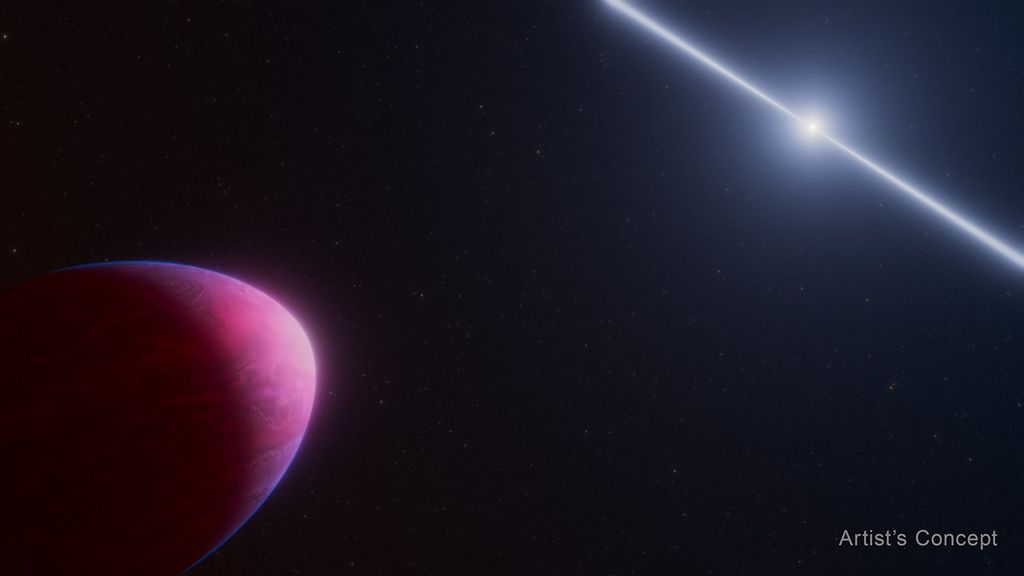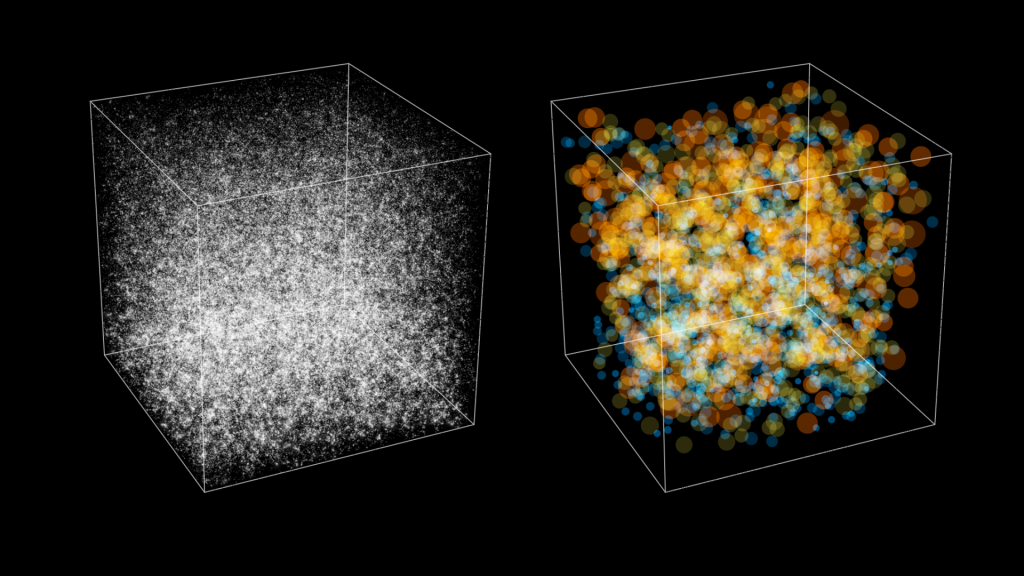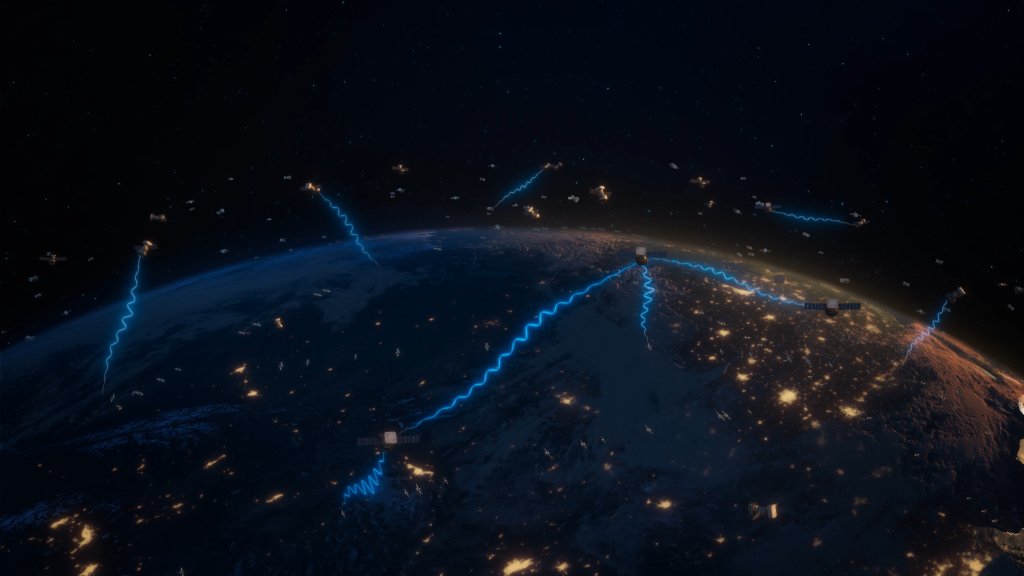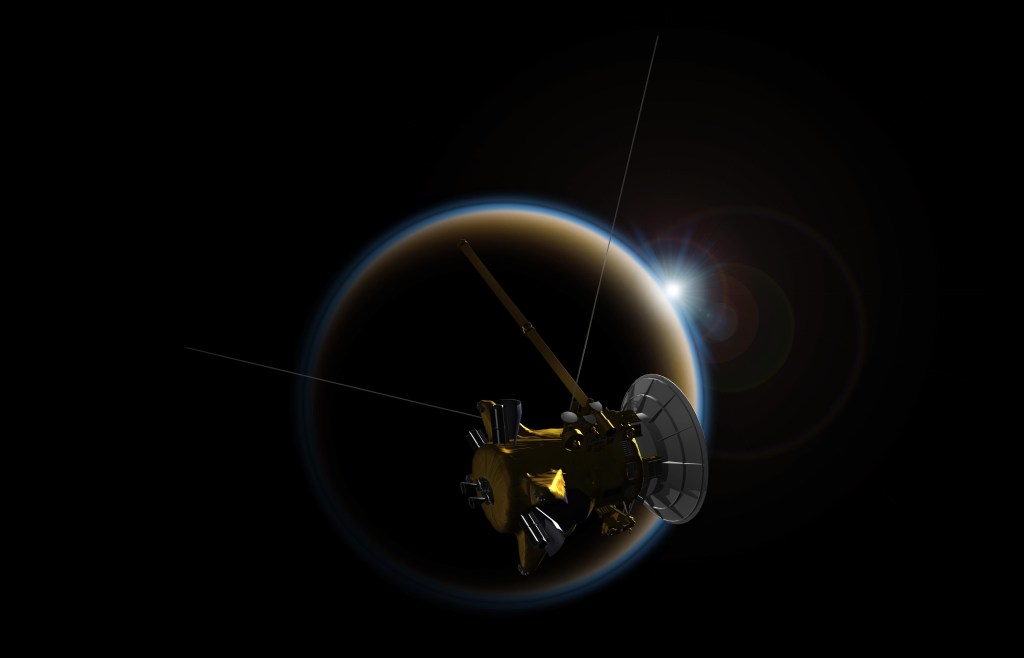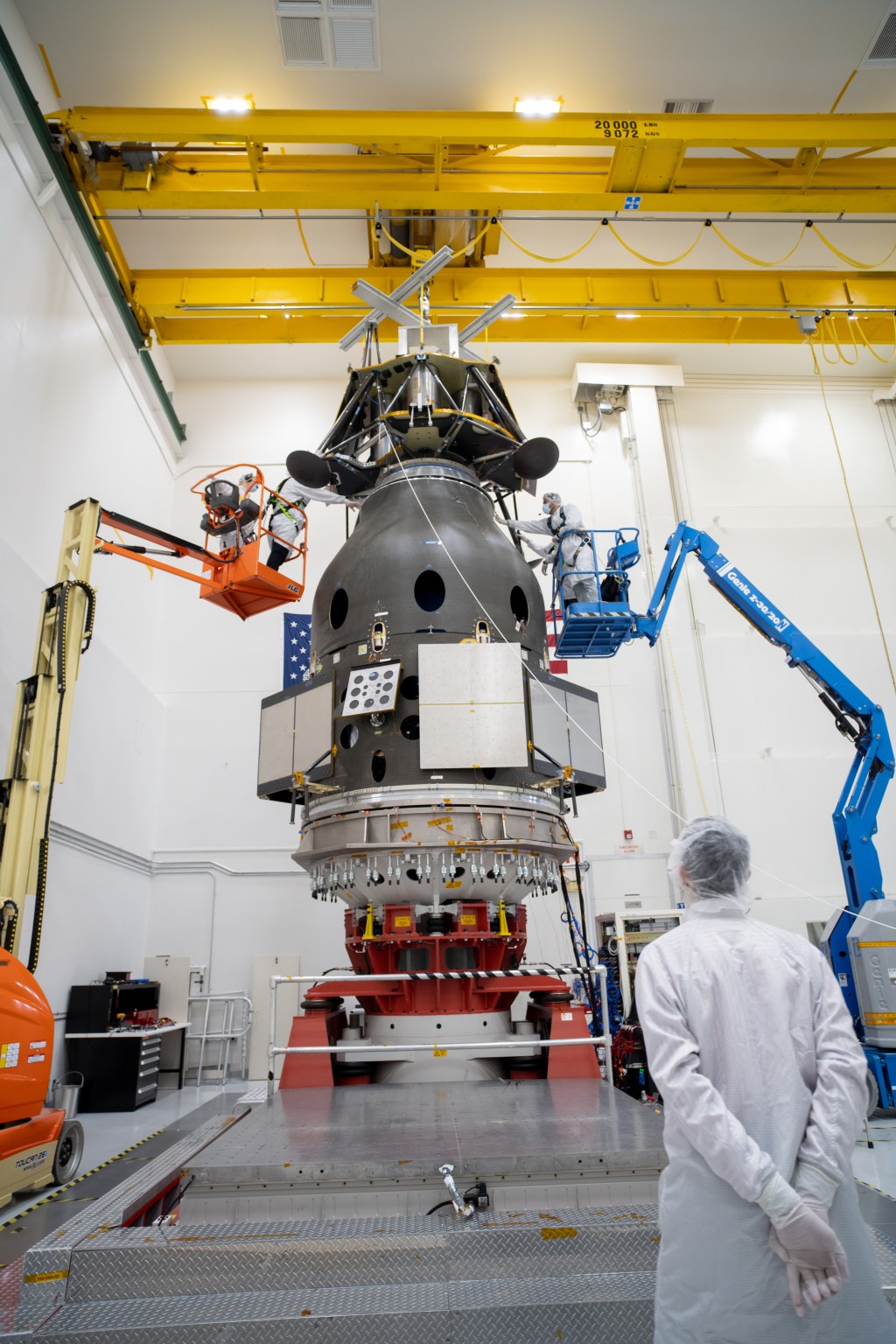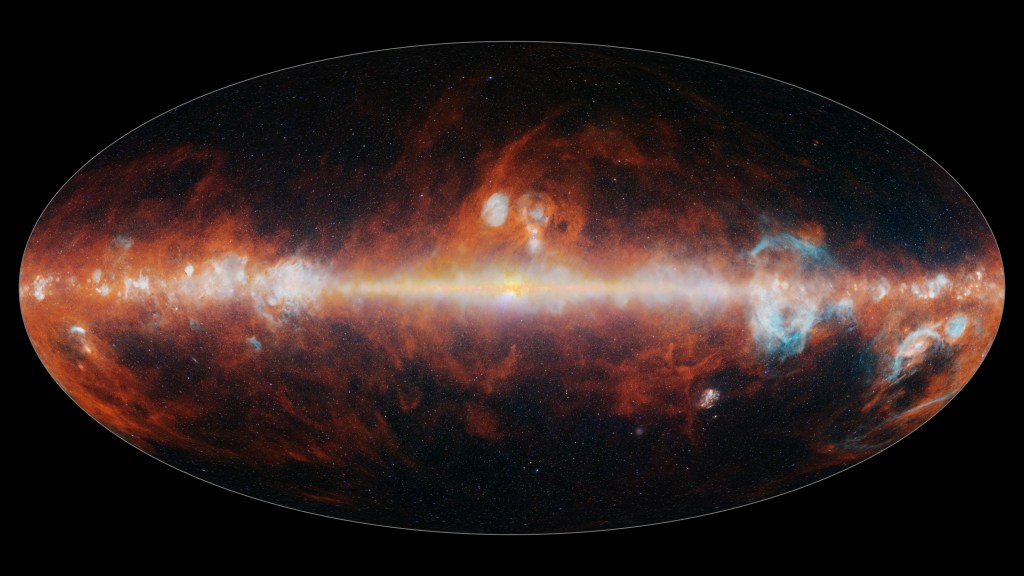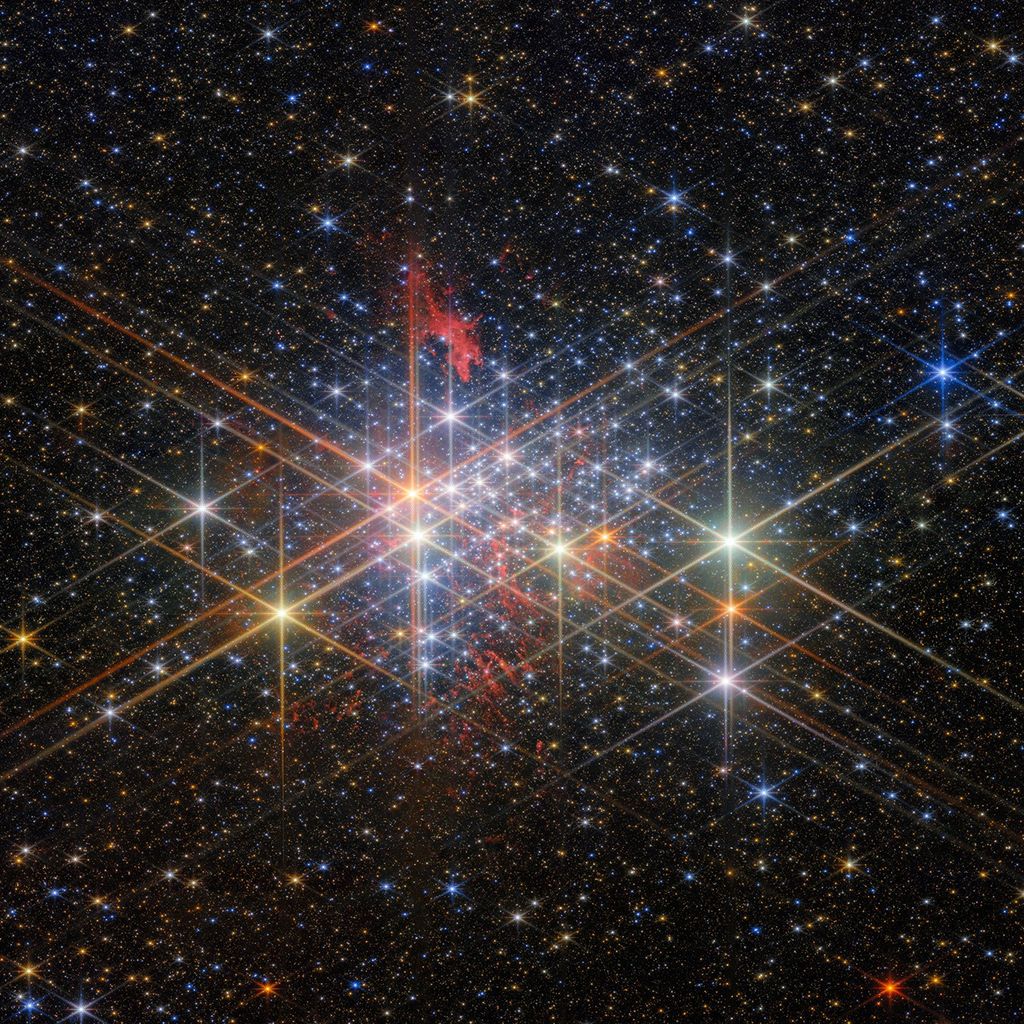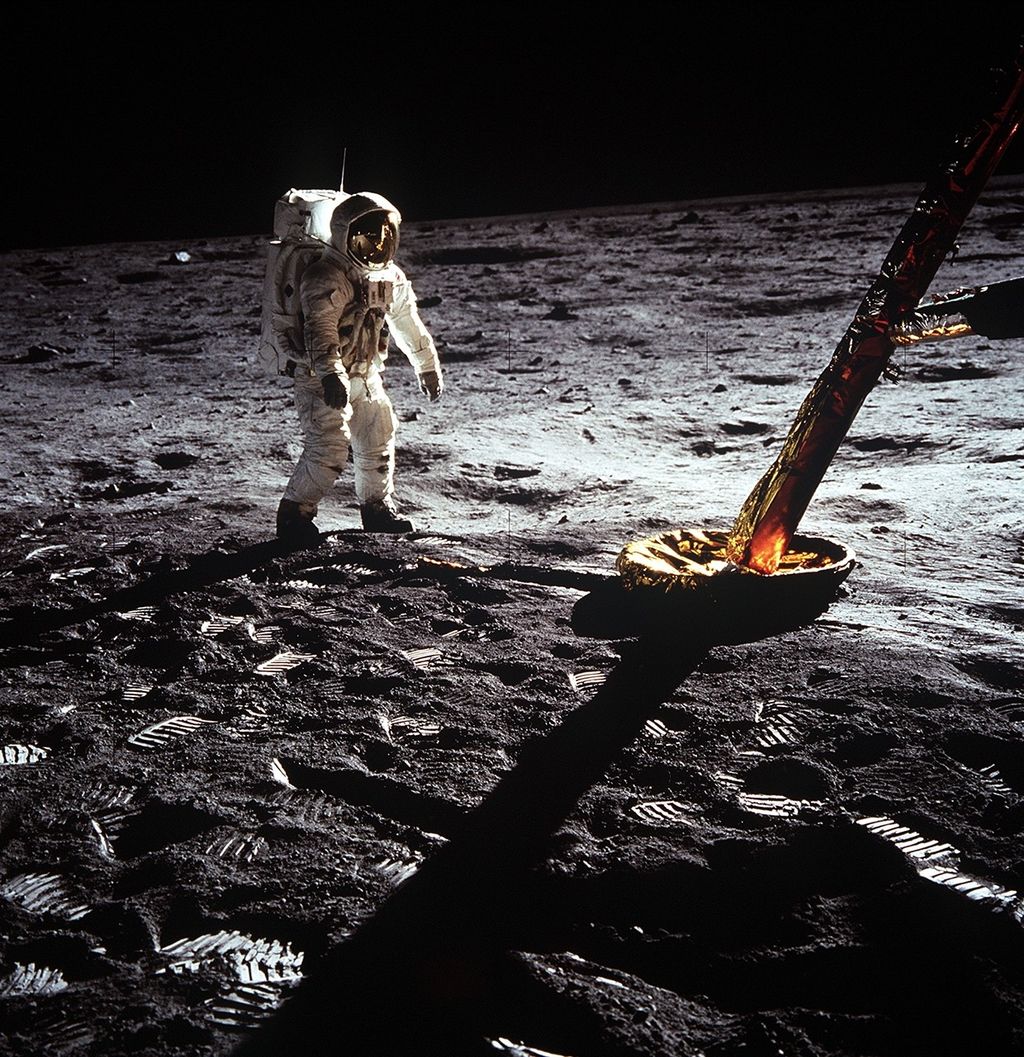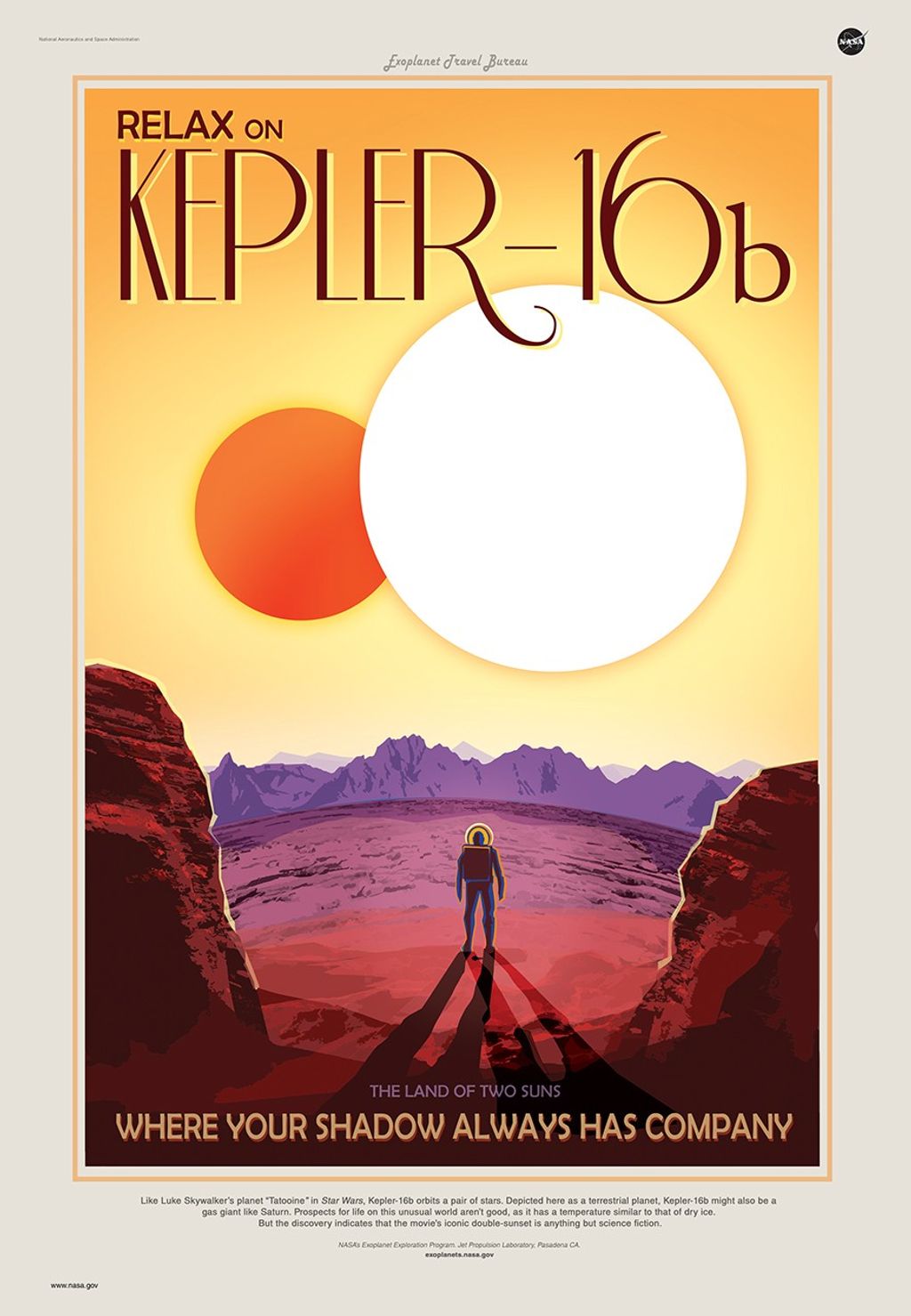1 min read
NGC 6397

Hubble’s View of Dazzling Globular Star Cluster NGC 6397
This ancient stellar jewelry box, a globular cluster called NGC 6397, glitters with the light from hundreds of thousands of stars.
Astronomers used the Hubble Space Telescope to gauge the distance to this brilliant stellar grouping, obtaining the first precise measurement ever made to an ancient globular cluster.
The new measurement sets the cluster’s distance at 7,800 light-years away, with just a 3 percent margin of error. NGC 6397 is one of the closest globular clusters to Earth.
By measuring an accurate distance to NGC 6397, astronomers then calculated a precise age for the cluster. The cluster is 13.4 billion years old, which means it was born shortly after the big bang. NGC 6397 is one of about 150 globular clusters that orbit outside of our Milky Way galaxy’s comparatively younger starry disk. These spherical, densely packed swarms of hundreds of thousands of stars are our galaxy’s first homesteaders.
The cluster’s blue stars are near the end of their lives. These stars have used up their hydrogen fuel that makes them shine. Now they are converting helium to energy in their cores, which fuses at a higher temperature and appears blue.
The reddish glow is from red giant stars that have consumed their hydrogen fuel and have expanded in size.
The myriad small white objects include stars like our Sun.
This image is composed of a series of observations taken from July 2004 to June 2005 with Hubble’s Advanced Camera for Surveys. The research team used Hubble’s Wide Field Camera 3 to measure the distance to the cluster.
About the Object
- R.A. PositionR.A. PositionRight ascension – analogous to longitude – is one component of an object's position.17:40:41.724
- Dec. PositionDec. PositionDeclination – analogous to latitude – is one component of an object's position.-53:40:25.074
- ConstellationConstellationOne of 88 recognized regions of the celestial sphere in which the object appears.Ara
- DistanceDistanceThe physical distance from Earth to the astronomical object. Distances within our solar system are usually measured in Astronomical Units (AU). Distances between stars are usually measured in light-years. Interstellar distances can also be measured in parsecs.NGC 6397 is located 7,800 light-years away from Earth.
- DimensionsDimensionsThe physical size of the object or the apparent angle it subtends on the sky.Image is 6.5 arcmin across (about 15 light-years).
About the Data
- Data DescriptionData DescriptionProposal: A description of the observations, their scientific justification, and the links to the data available in the science archive.
Science Team: The astronomers who planned the observations and analyzed the data. "PI" refers to the Principal Investigator. - InstrumentInstrumentThe science instrument used to produce the data.ACS/WFC
- Exposure DatesExposure DatesThe date(s) that the telescope made its observations and the total exposure time.July 2005 - June 2006
- FiltersFiltersThe camera filters that were used in the science observations.F435W, F625W
- Object NameObject NameA name or catalog number that astronomers use to identify an astronomical object.NGC 6397
- Object DescriptionObject DescriptionThe type of astronomical object.Globular Cluster
- Release DateApril 4, 2018
- Science ReleaseHubble Makes the First Precise Distance Measurement to an Ancient Globular Star Cluster
- Credit

These images are a composite of separate exposures acquired by the ACS/WFC instrument on the Hubble Space Telescope. Several filters were used to sample narrow wavelength ranges. The color results from assigning different hues (colors) to each monochromatic (grayscale) image associated with an individual filter. In this case, the assigned colors are: Blue: F425W Red: F625W
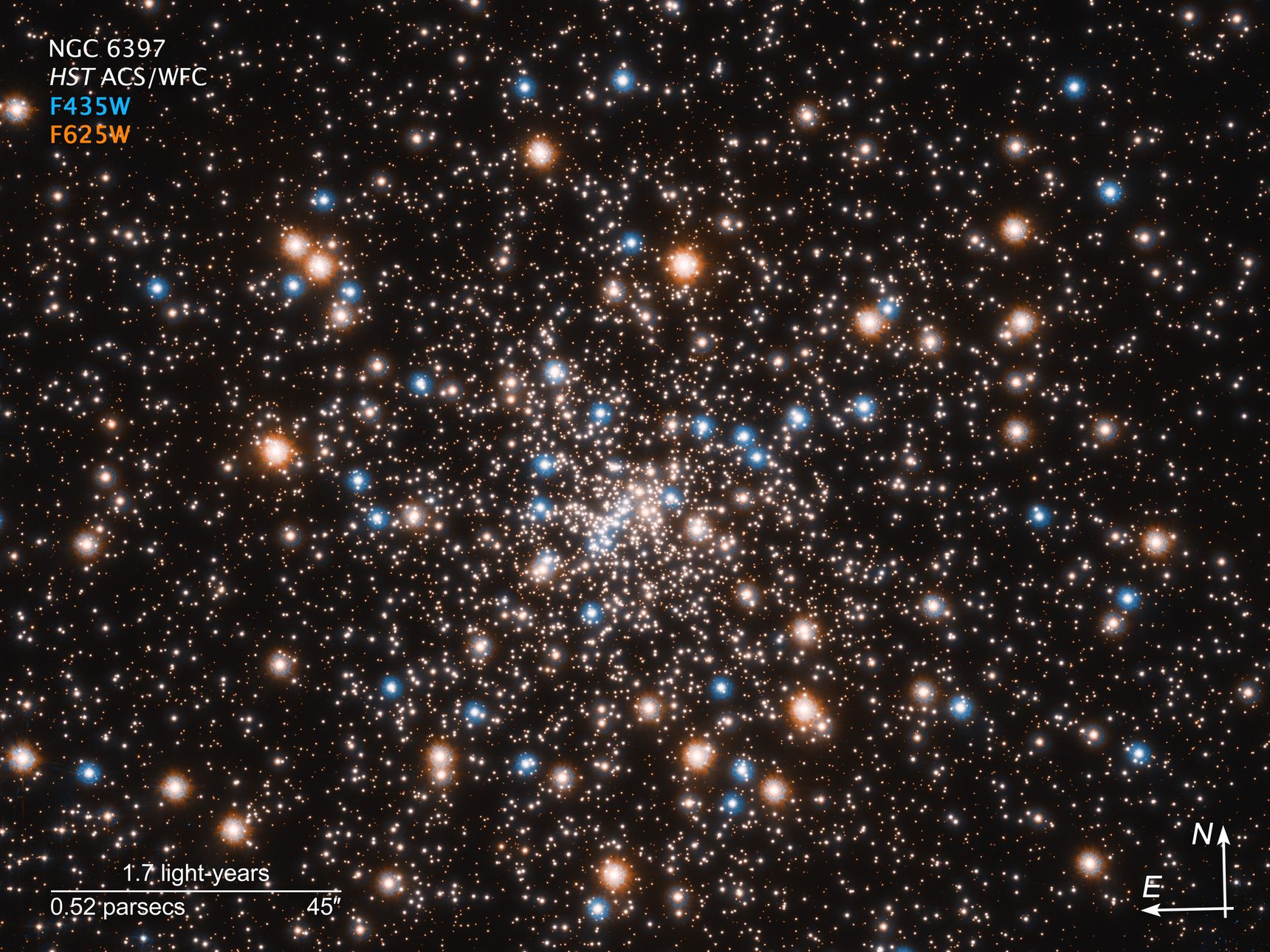
Share
Details
Claire Andreoli
NASA’s Goddard Space Flight Center
Greenbelt, Maryland
claire.andreoli@nasa.gov


